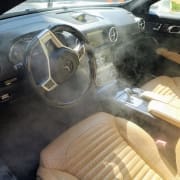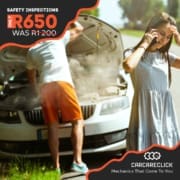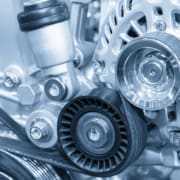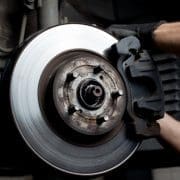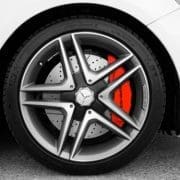Covid-19 – Reduce Your Risk! Your Car May Need To Be Sanitized Too!
Car Sanitization Can Reduce Your Risk Of Spreading or Contracting COVID-19
Having sanitized hands is great, however, alone, it may is not enough! Our cars are one of the high-touch surfaces we come into contact with regularly over and above that we also tend to lift people, drive our kids in them, etc. However how many of us have thought about sanitizing our vehicles? Not many of us i do not think. This is a very important aspect that has been overlooked and it is very important, for our safety and that of your families!
Together, We Can Beat The Corona Virus!
We have prepared this article based on much research and thought it would be beneficial to share.
Germs and viruses breed on surfaces and we now know that COVID-19 remains on surfaces for up to 4-6 hrs. This is especially true for porous surfaces that can be found in the car. The following areas need special attention to minimize you and your family’s exposure:
- Your steering wheel (including appendages) and gear selector – wash your hands/sanitize prior to handling your steering wheel, so you are not reinfecting it. “The steering wheel has four times the amount of germs found on an average toilet seat, thanks to all the cracks and crevices on the rim and spokes.” Shocking isn’t it!
- Door handles (exterior and interior) – Carry disinfecting wipes with you so that after you car has been sanitized, you keep the germs at bay, by wiping the exterior handle before you open the door and the interior handles before closing or opening your door.
- If you have a touchscreen radio – it’s best to clean that with a microfiber cloth, so as not to scratch it!
- Seats and Hand rests – pay more attention to the spaces between the seat and head rest and well as the sides of the seats
- Seat Belts – we always have to have our seat belts on! So wipe them down with a dissecting wipe before and after you use them!
Michanic has your back!
Some of the most effective method of disinfecting or sanitizing a car is by using foggers. The foggers produce tiny droplets of disinfectant reaching beyond what the eyes can see. Some of the most effective disinfectant used in homes, hospitals and even in cars contain Didecyl Dimethyl Ammonium Chloride. It’s an an active ingredient that has been proven as a broad spectrum disinfectant.
It is wise to ensure that your vehicle is sanitized for those essential trips to the shops during a lock down.We are currently offering car interior sanitization for only R400 and we will come to your home. Book your car sanitization today for peace of mind.
Together we can beat this pandemic! Let’s keep hygienic! Contact us or click here to book you vehicle sanitization with Master Mechanics that Care!
